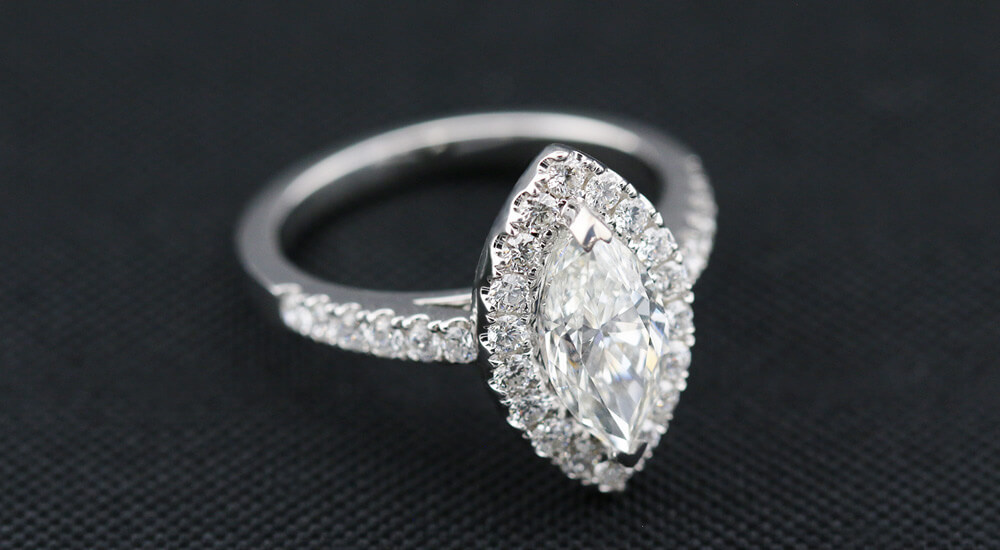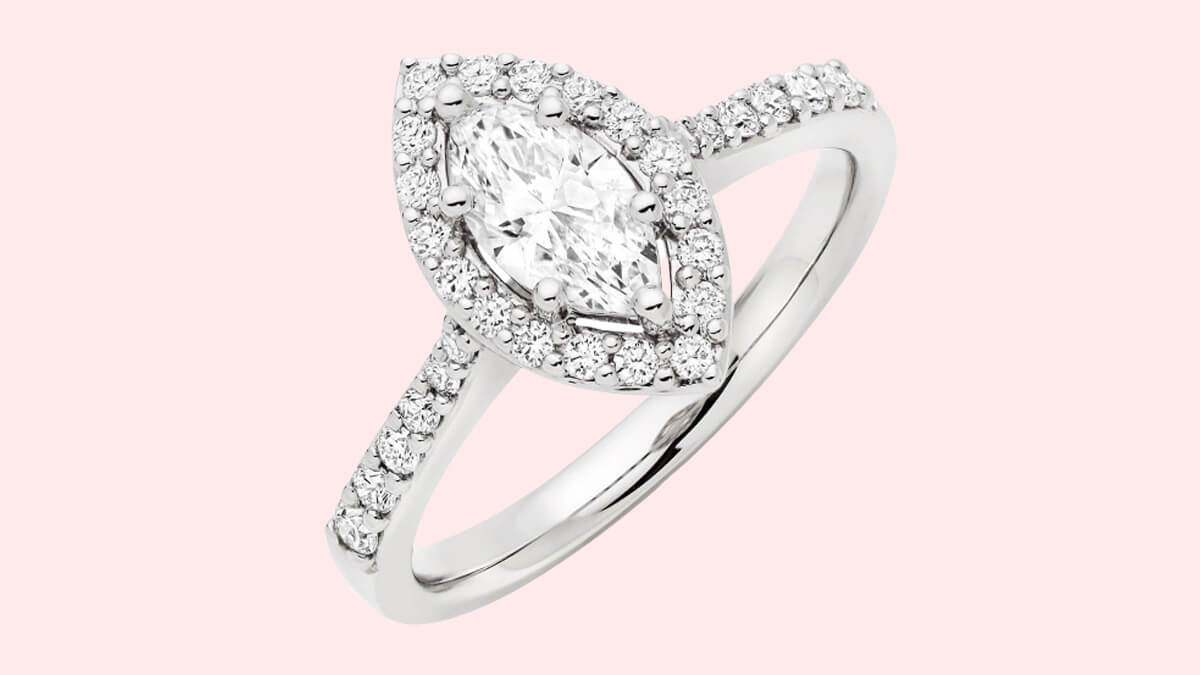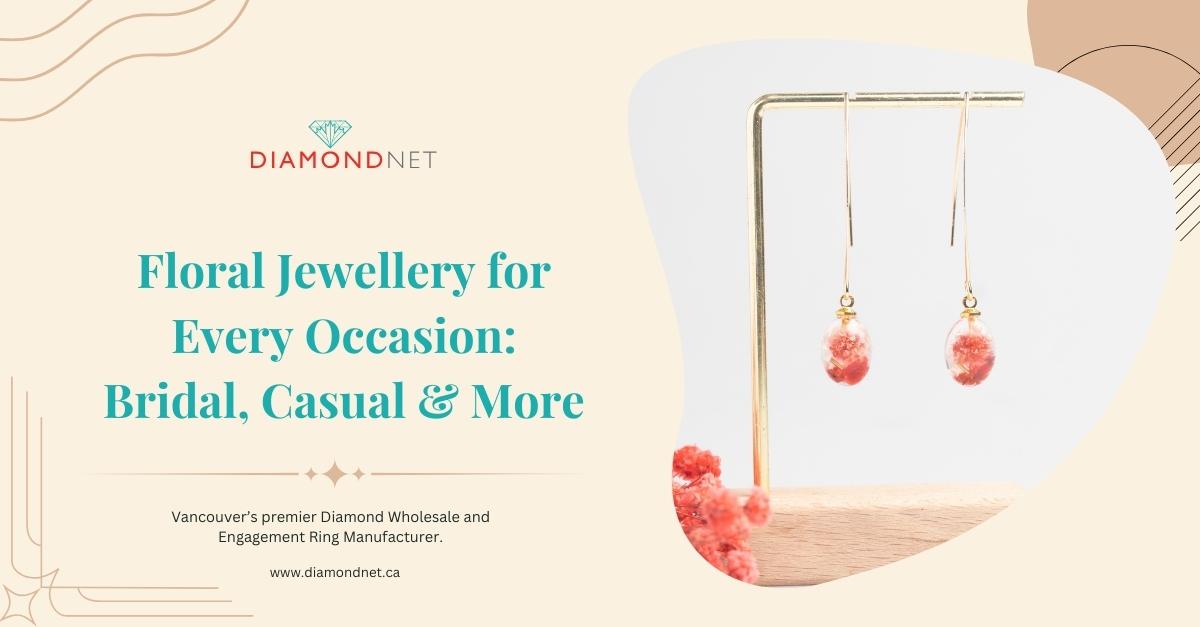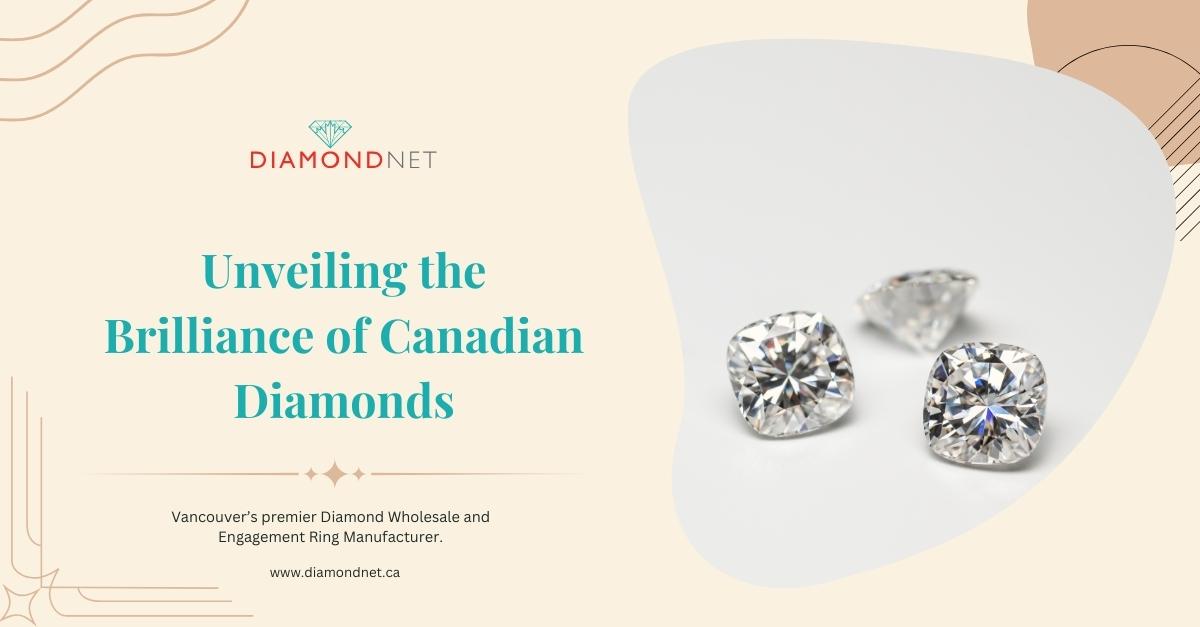Trying on rings? Looking for something a little more unique than a halo or solitaire? Maybe it’s time to consider a marquise. Marquise diamonds are slowly regaining popularity. Marquise, or “navette” (French for little ship) diamonds are named after their boat-like shape. The shape was originally seen almost exclusively with diamond engagement rings, however as it gained popularity it expanded into use with other gems such as sapphires and emeralds.
If you’ve never seen a marquise diamond, think of an almond or football-shaped stone. With 58 facets and pointed ends, this shape is exceptional for lengthening and complimenting the hand of the wearer. Still slightly less popular than a princess or emerald cut stone, the marquise is definitely a dazzling conversation piece.
There are a few different versions as to the origins of this marvelous shape. Most center around King Louise XV of France. Rumor has it he had a ring designed to emulate the sultry lips of his mistress, Jean Antoinette Poisson. It slowly evolved into the unique but oh-so-elegant shape we see today.
Some big names have opted for the marquise style—Ashley Simpson, Victoria Beckham, and Catherine Zeta-Jones to name a few. If you think this might be something that works for you, here are few things to ponder.
Protect your marquise diamond ring
If dutiful care is not taken to protect the sharp ends of the marquise cut, unwanted chipping and damage can result. When getting the stone set ensure to choose proactive claws to safeguard the vulnerable corners. Such a striking shape would quickly lose allure if no longer perfectly intact. As a method of avoiding breakage, certain diamond cutters use ‘French tips’. This technique uses a big bezel facet alongside several smaller facets at each end. This has the effect of making the diamond’s ends look like a star. The added protection effectively prevents contact and resulting breakage.
Marquise diamond engagement ring with a deeper tint
Everything about marquise diamonds says antique style and class. Because of the historical aura and dainty shape, these diamonds lend themselves to a slight tint of color rather than a completely
colorless diamond. If you’re really feeling like something unique, going for an even deeper tint can look absolutely regal.

Marquise diamond engagement ring
Marquise diamond with Bow Tie effect
As a result of their slenderness, marquise cuts sometimes have an area of reduced color in the center of the stone. The result of this is sometimes referred to as a ‘bow tie’ effect. Any gemstone with an elongated shape will have this to some degree, but a well-cut diamond is often able to disguise the appearance of it with the shine and splendor of its facets. A subtle bow tie can actually add character and charm to these fancy diamonds. However, diamonds with bow ties that are overly noticeable or discoloured will take away from the stone’s allure.
Balanced points at each end of marquise diamond
One of the reasons a marquise diamond is so stunning to onlookers is the perfectly balanced points at each end. The ultimate aim is for both tips to measure up perfectly. If they don’t, even an untrained will notice something ‘off’ about the ring. It is the balance and equilibrium that make this ring a showstopper.
Save money by buying marquise diamond engagement ring
Marquise diamonds often retail for less than round diamonds. It can cost 15-20% less for a diamond of the same carat and clarity. A 1-carat round diamond with particular specs could cost $5,500, while the same specs in a marquise shape could cost around $4,300.
If you’re intrigued but not quite sure, take a peek at the selection of marquise diamonds at DiamondNet online. See how the unique shaped diamond pairs with different metals and styles of band.



